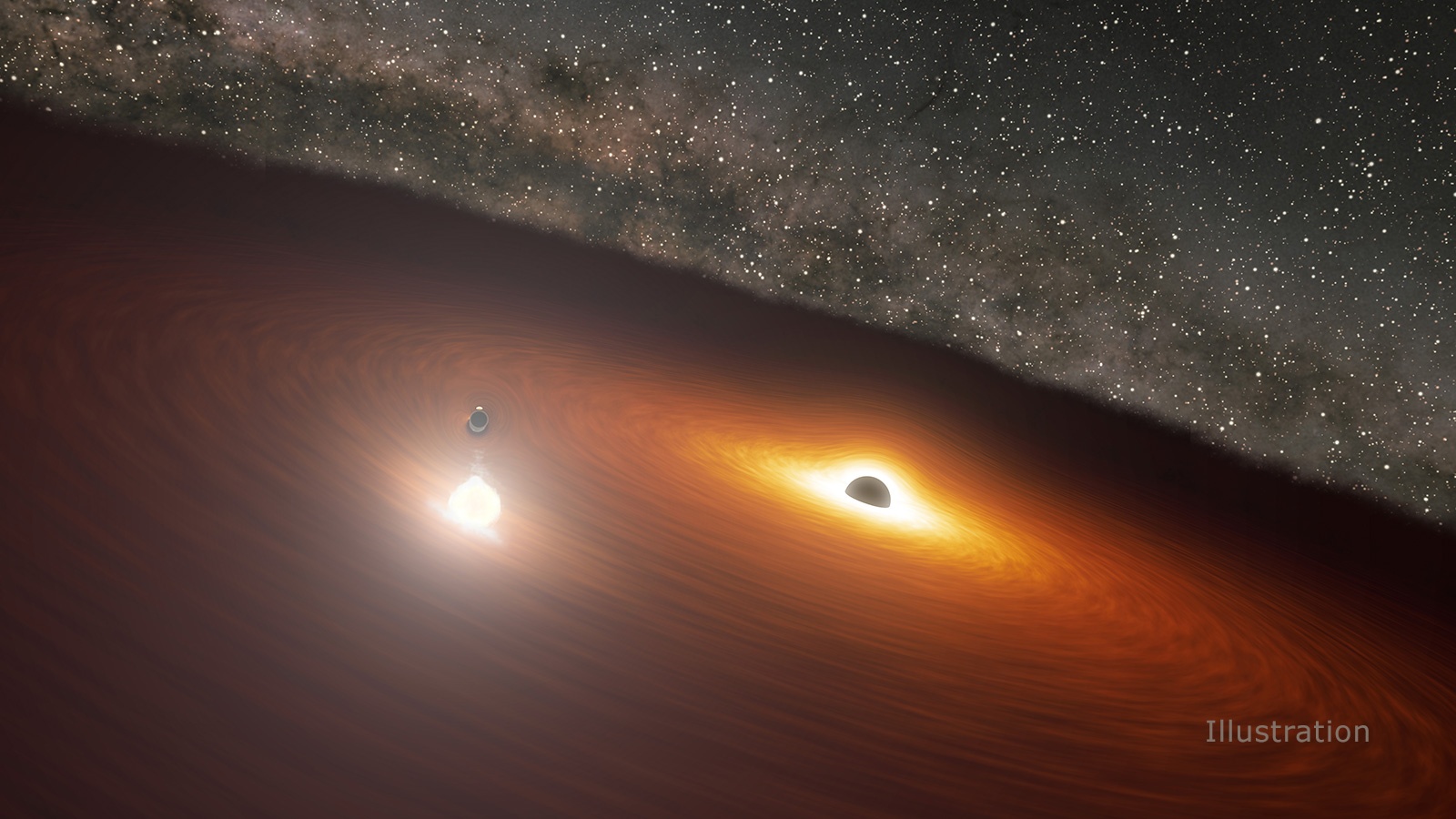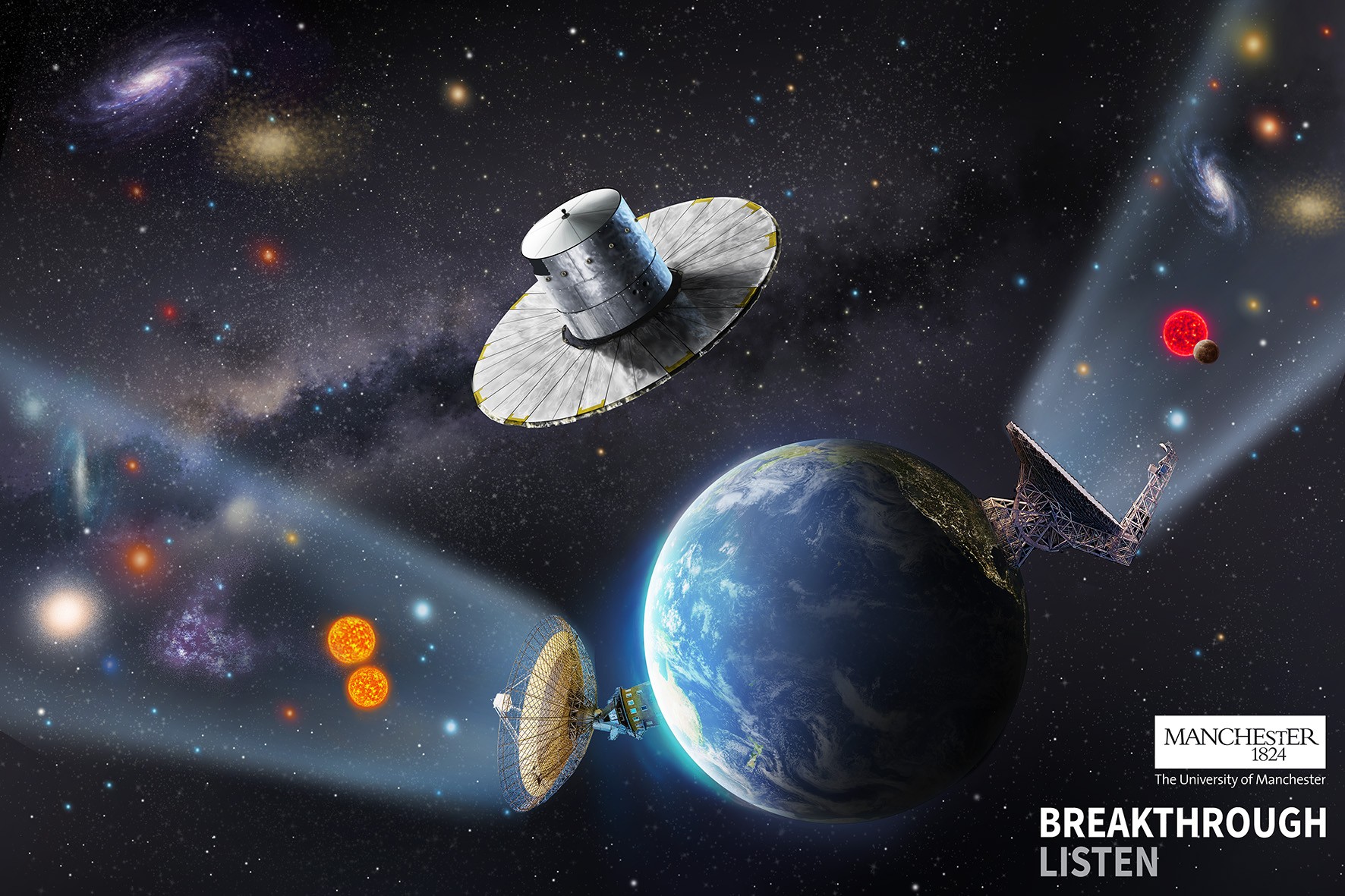As part of Project Artemis, NASA intends to send the first woman and the next man to the Moon by 2024, in what will be the first crewed mission to the lunar since the Apollo Era. By the end of the decade, NASA also hopes to have all the infrastructure in place to create a program for “sustainable lunar exploration,” which will include the Lunar Gateway (a habitat in orbit) and the Artemis Base Camp (a habitat on the surface).
Part of this commitment entails the recovery and use of resources that are harvested locally, including regolith to create building materials and ice to create everything from drinking water to rocket fuel. To this end, NASA has asked its commercial partners to collect samples of lunar soil or rocks as part of a proof-of-concept demonstration of how they will scout and harvest natural resources and conduct commercial operations on the Moon.
Continue reading “NASA Will Pay You to Retrieve Regolith and Rocks from the Moon”









